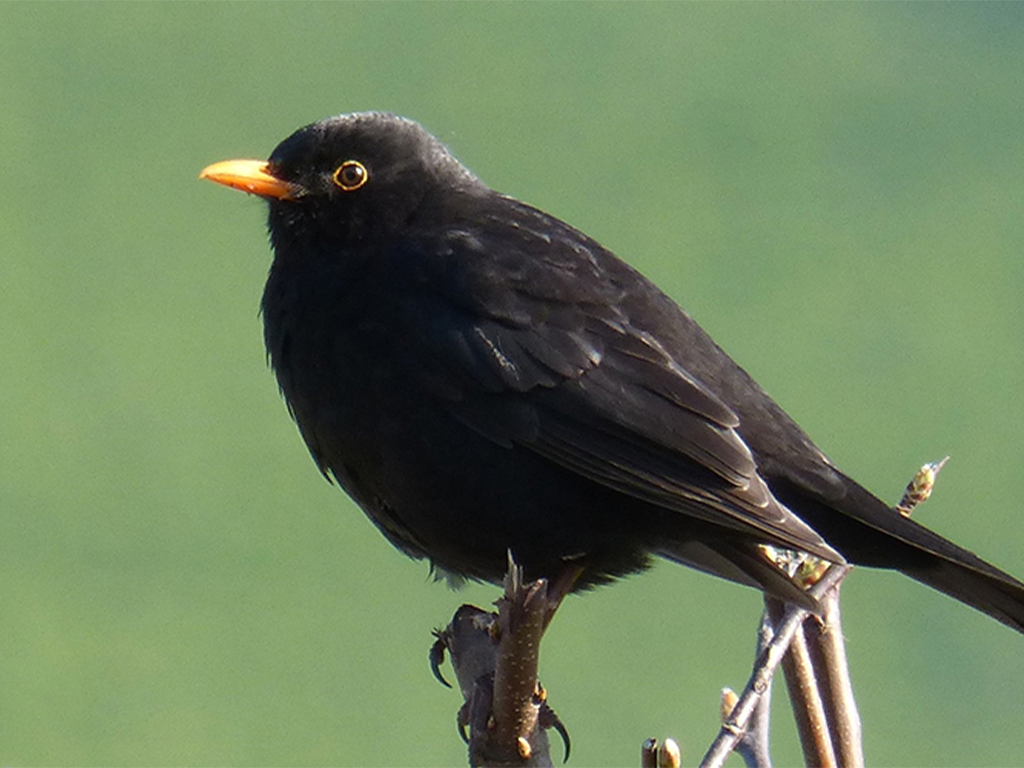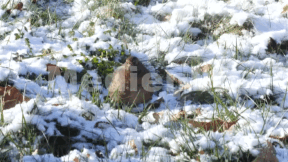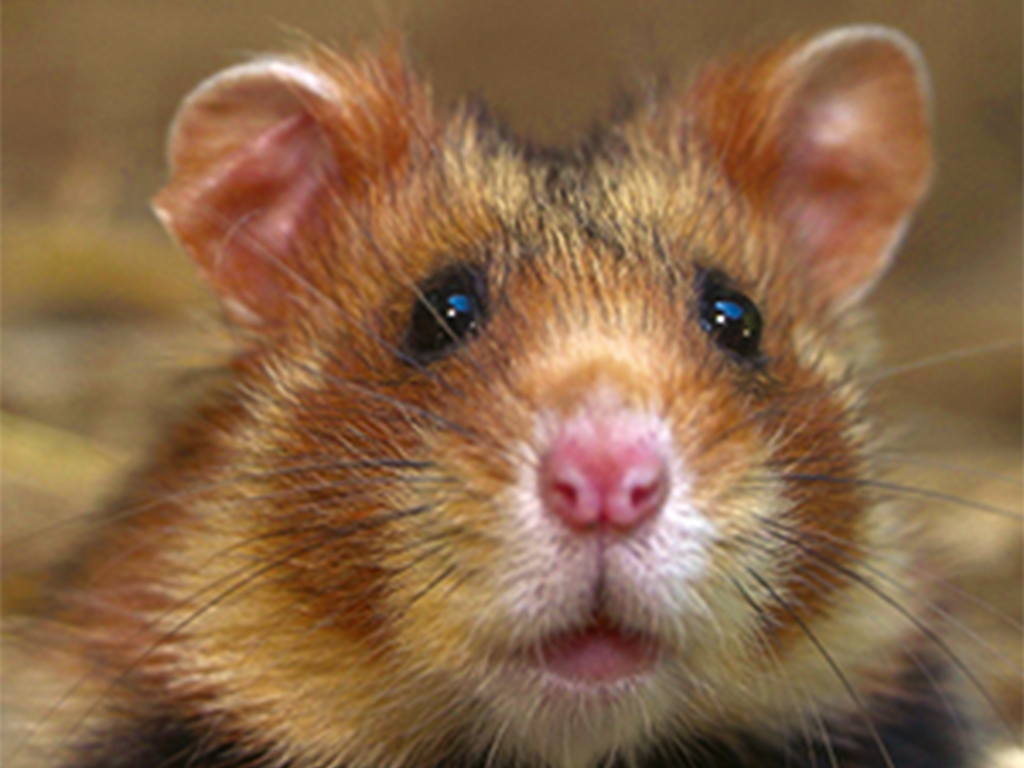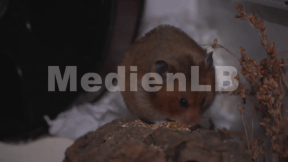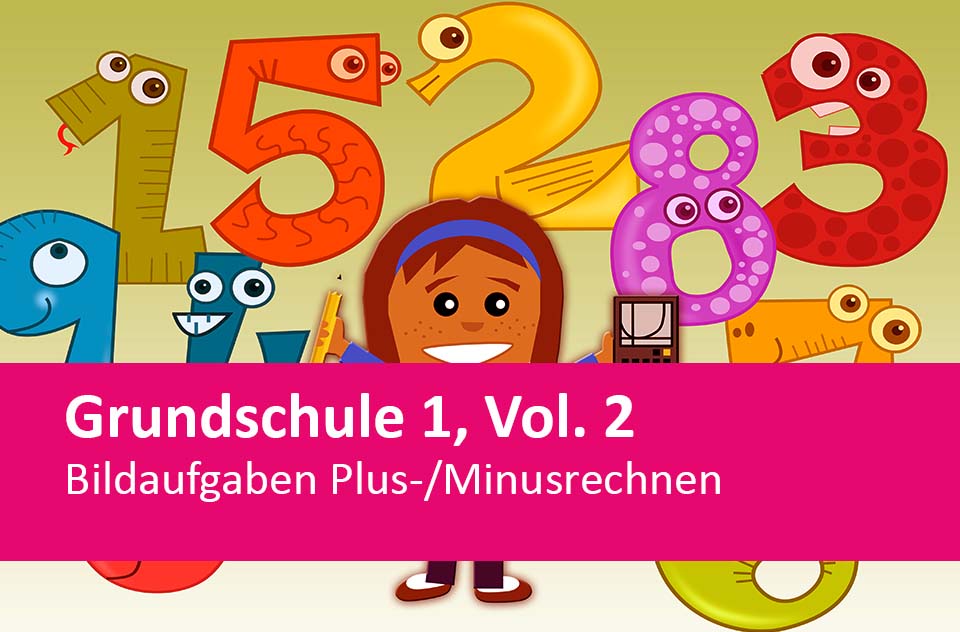

55503215
Bildaufgaben Plus-/Minusrechnen
Für den Unterrichtempfohlen
In unserem Arbeitsheft Grundschule 1, Vol. 2, Bildaufgaben Plus-/Minusrechnen finden Sie 50 interaktive und didaktisch aufbereitete Aufgaben zum Plus-/Minusrechnen im Zahlenraum 50..
Das Medium bietet H5P-Aufgaben an, die ohne zusätzliche Software verwendbar sind. Das Medium enthält 50 H5P-Aufgaben .
Durch interaktive Aufgabentypen wird das audiovisuelle und interaktive Lernen einfach.
Lernen macht jetzt Spaß!

Included Tasks
- 1. Plusrechnen mit Bildaufgaben - ZR 10 (1)
- 2. Plusrechnen mit Bildaufgaben - ZR 10 (2)
- 3. Plusrechnen mit Bildaufgaben - ZR 10 (3)
- 4. Plusrechnen mit Bildaufgaben - ZR 10 (4)
- 5. Plusrechnen mit Bildaufgaben - ZR 10 (5)
- 6. Plusrechnen mit Bildaufgaben - ZR 10 (6)
- 7. Plusrechnen mit Bildaufgaben - ZR 10 (7)
- 8. Plusrechnen mit Bildaufgaben - ZR 10 (8)
- 9. Plusrechnen mit Bildaufgaben - ZR 10 (9)
- 10. Plusrechnen mit Bildaufgaben - ZR 10 (10)
- 11. Plusrechnen mit Bildaufgaben - ZR 20 (1)
- 12. Plusrechnen mit Bildaufgaben - ZR 20 (2)
- 13. Plusrechnen mit Bildaufgaben - ZR 20 (3)
- 14. Plusrechnen mit Bildaufgaben - ZR 20 (4)
- 15. Plusrechnen mit Bildaufgaben - ZR 20 (5)
- 16. Plusrechnen mit Bildaufgaben - ZR 20 (6)
- 17. Wie geht es weiter? Plusrechnen ZR 20 - (1)
- 18. Wie geht es weiter? Plusrechnen ZR 20 - (2)
- 19. Wie geht es weiter? Plusrechnen ZR 50 - (1)
- 20. Wie geht es weiter? Plusrechnen ZR 50 - (2)
- 21. Wie geht es weiter? Plusrechnen ZR 50 - (3)
- 22. Setze die Reihe fort - ZR 10 (1)
- 23. Setze die Reihe fort - ZR 10 (2)
- 24. Nachbarzahlen ZR-10 - 10 Interaktive Aufgaben (1)
- 25. Nachbarzahlen ZR-10 - 10 Interaktive Aufgaben (2)
- 26. Minusrechnen mit Bildaufgaben - ZR 10 (1)
- 27. Minusrechnen mit Bildaufgaben - ZR 10 (2)
- 28. Minusrechnen mit Bildaufgaben - ZR 10 (3)
- 29. Minusrechnen mit Bildaufgaben - ZR 10 (4)
- 30. Minusrechnen mit Bildaufgaben - ZR 10 (5)
- 31. Plus-/Minusrechnen mit Bildaufgaben - ZR 10 (1)
- 32. Plus-/Minusrechnen mit Bildaufgaben - ZR 10 (2)
- 33. Plus-/Minusrechnen mit Bildaufgaben - ZR 10 (3)
- 34. Plus-/Minusrechnen mit Bildaufgaben - ZR 10 (4)
- 35. Plus-/Minusrechnen mit Bildaufgaben - ZR 10 (5)
- 36. Minusrechnen mit Bildaufgaben - ZR 20 (1)
- 37. Minusrechnen mit Bildaufgaben - ZR 20 (2)
- 38. Minusrechnen mit Bildaufgaben - ZR 20 (3)
- 39. Minusrechnen mit Bildaufgaben - ZR 20 (4)
- 40. Minusrechnen mit Bildaufgaben - ZR 20 (5)
- 41. Setze die Reihe fort - ZR 20 (1)
- 42. Setze die Reihe fort - ZR 20 (2)
- 43. Nachbarzahlen ZR-20 - 10 Interaktive Aufgaben (1)
- 44. Nachbarzahlen ZR-20 - 10 Interaktive Aufgaben (2)
- 45. Plus-/Minusrechnen mit Bildaufgaben - ZR 20 (1)
- 46. Plus-/Minusrechnen mit Bildaufgaben - ZR 20 (2)
- 47. Plus-/Minusrechnen mit Bildaufgaben - ZR 20 (3)
- 48. Plus-/Minusrechnen mit Bildaufgaben - ZR 20 (4)
- 49. Zehnerspiel Plusrechnen ZR 10 - Punktesammler (1)
- 50. Zehnerspiel Plus-/Minusrechnen ZR 20 - Punktesammler (2)




